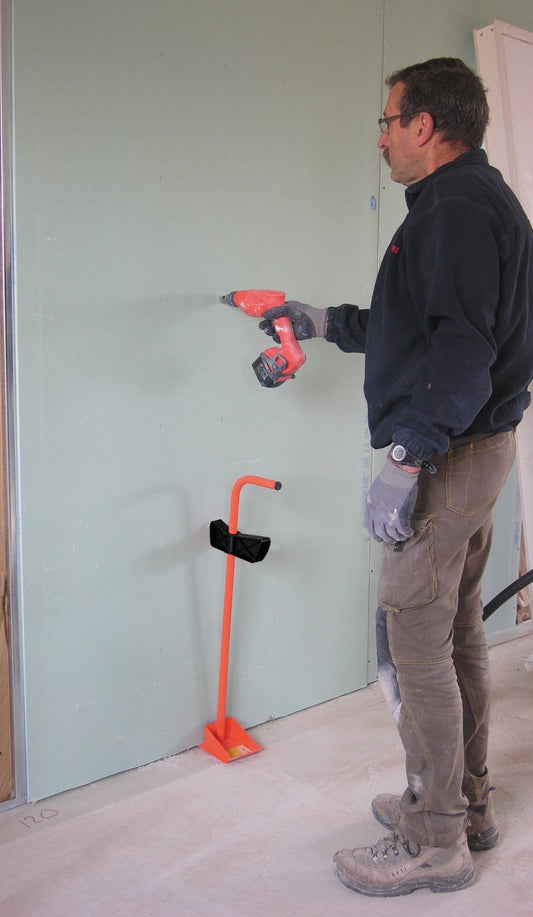Essential companion levers
Levers are simple but extremely useful tools that rely on basic physical principles to multiply applied force. Since ancient times, levers have been used in various tasks, facilitating heavy work and allowing objects to be moved or lifted that would be impossible to handle with human strength alone.
A lever is a rigid bar that rotates around a fixed point known as a fulcrum or fulcrum. By applying a force to one end of the lever, a load at the other end can be moved more easily. The effectiveness of a lever is based on the distance between the fulcrum and the points where the force and load are applied. The greater the distance from the fulcrum to the point where the force is applied, the less force is needed to move the load.
Lever applications
Crowbars are versatile tools used in a wide range of applications. In the construction industry, levers are used to move and position heavy materials, with steel bars and tubes being examples of levers that allow heavy objects to be leveraged and precise adjustments made to structures. In the field of mechanics, levers are essential for applying large forces with precision; Tools like wheel wrenches and screwdrivers use the principle of levers to easily loosen or tighten components.
In DIY projects and household tasks, levers are indispensable for a variety of tasks, from opening sealed boxes to removing nails and lifting heavy furniture. Levers are also very useful in gardening, helping to dig up plants and roots with less effort, with common lever tools such as shovels and hoes. In each of these fields, levers demonstrate their ability to facilitate work, multiplying the force applied and allowing tasks to be carried out that would be impossible without their help. The versatility and efficiency of levers make them essential tools in any work environment.
h3 - Types of levers
Levers are incredibly simple but powerful hand tools , amplifying force to do jobs that would otherwise require a lot more effort. They are divided into three main types, depending on the position of the fulcrum (the support point), the load force (the weight or resistance to move) and the applied force (the effort you make).
First degree lever: These levers have the fulcrum located between the applied force and the load. They are ideal for moving heavy objects with less effort and changing the direction of the applied force. Think of a scale, a swing, or a stick cutter. These levers allow you to exert a large force on the load with relatively little effort, depending on the distance between the fulcrum and the point where you apply the force.stick clippers. They offer the advantage of being able to exert a large force on the load with a relatively small applied force, depending on the distance between the fulcrum and the point where the force is applied.
Second degree lever: In second degree levers, the load is between the fulcrum and the applied force. This type of lever increases the force applied to the load, although it does not change the direction of the force. Typical examples are the handcart, a nut in a nutcracker, and the landing wheels of some airplanes. Second grade levers are perfect for lifting heavy loads with less effort.
Third Degree Lever: Third degree levers have the force applied between the fulcrum and the load. Although you need more force to move a load than with other types of levers, they allow you greater speed and distance of movement. Think angling, tweezers, or the human arm. They are ideal when control and speed of movement are more important than reducing the force needed to move a load.
Each type of lever has its specific applications, offering unique advantages in terms of force applied, direction of force, and distance or speed of movement. In the field of DIY and construction, knowing which type of lever is most suitable for each task can significantly improve work efficiency and safety.




